
Listen to our podcast telling "the story of Hollywood one film at a time." And read our making of threads, sourced direct from cast/crew or 3+ verified sources.
71 subscribers
How to get URL link on X (Twitter) App



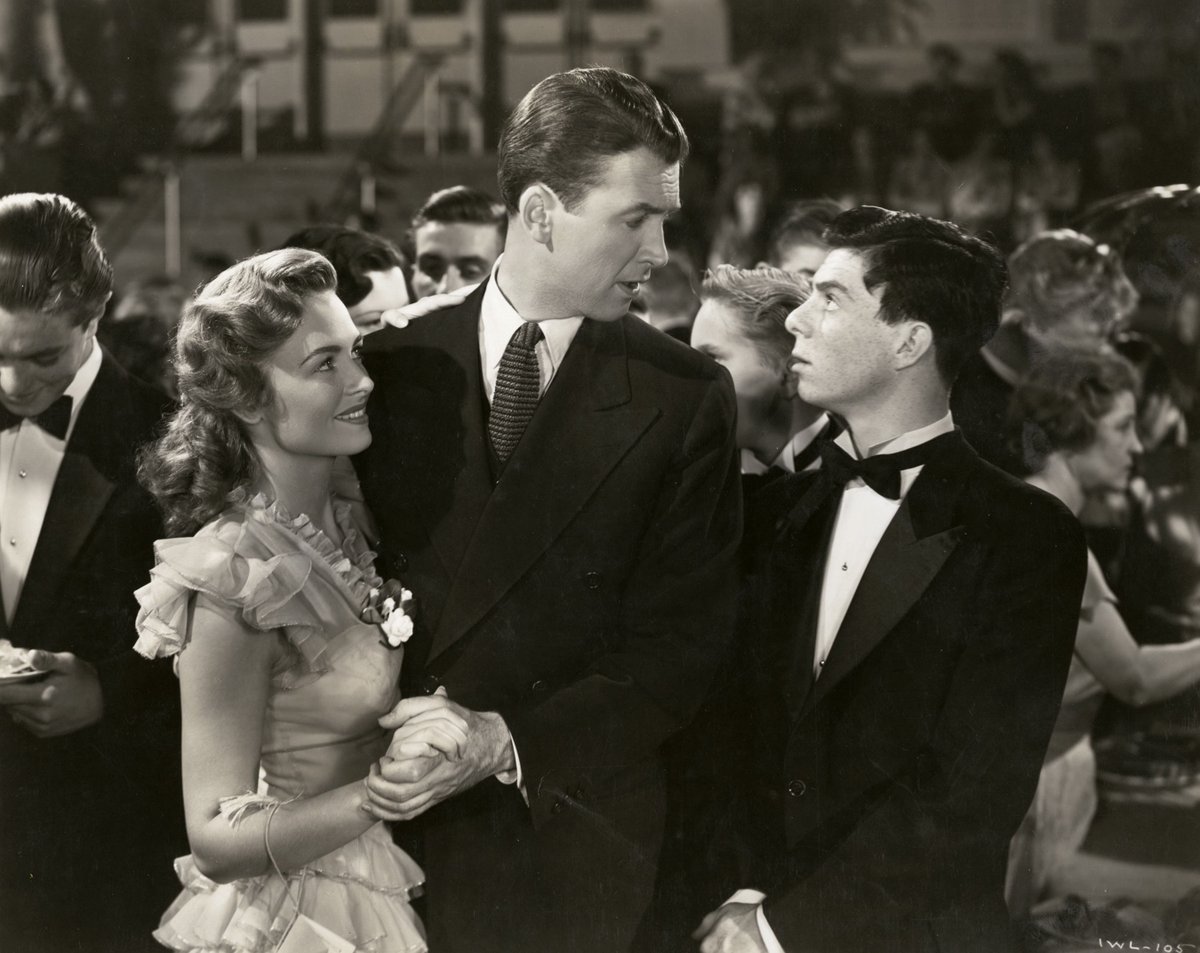
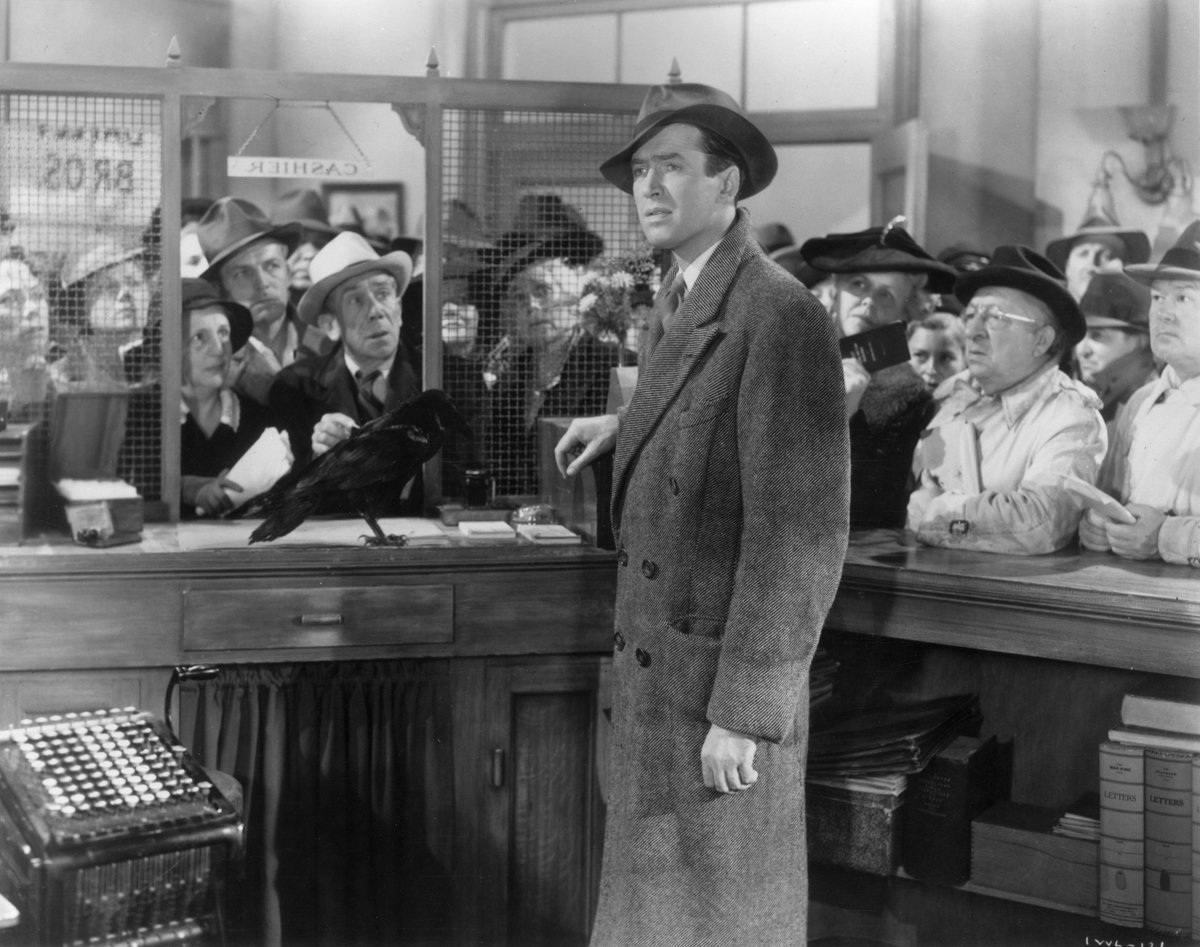
 In 1941, American novelist Philip van Doren Stern finished his latest book, a Christmas-set story called The Greatest Gift. After two years of being rejected by publishers, the writer had it published as 24-page booklet and sent it to friends and family.
In 1941, American novelist Philip van Doren Stern finished his latest book, a Christmas-set story called The Greatest Gift. After two years of being rejected by publishers, the writer had it published as 24-page booklet and sent it to friends and family.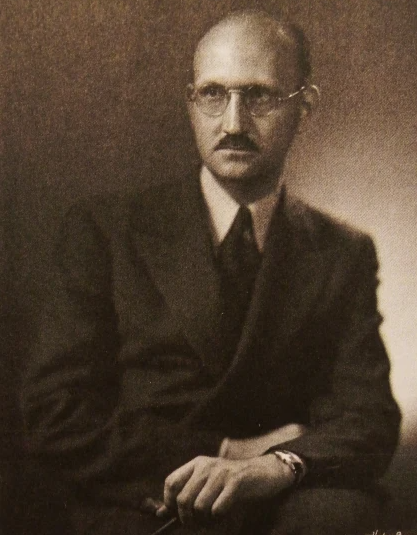
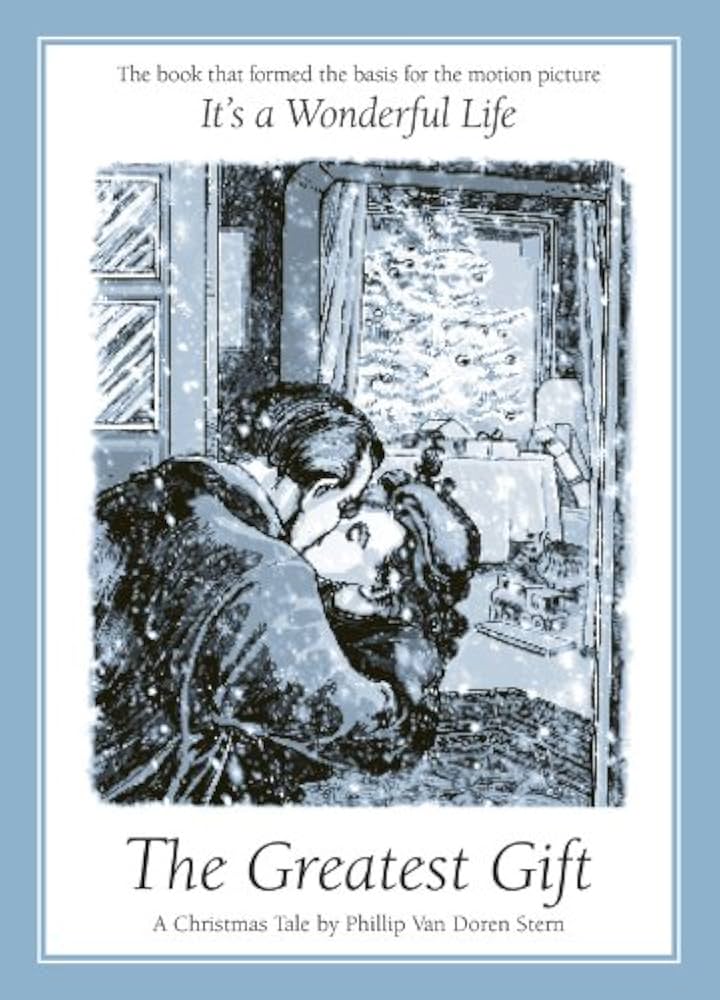


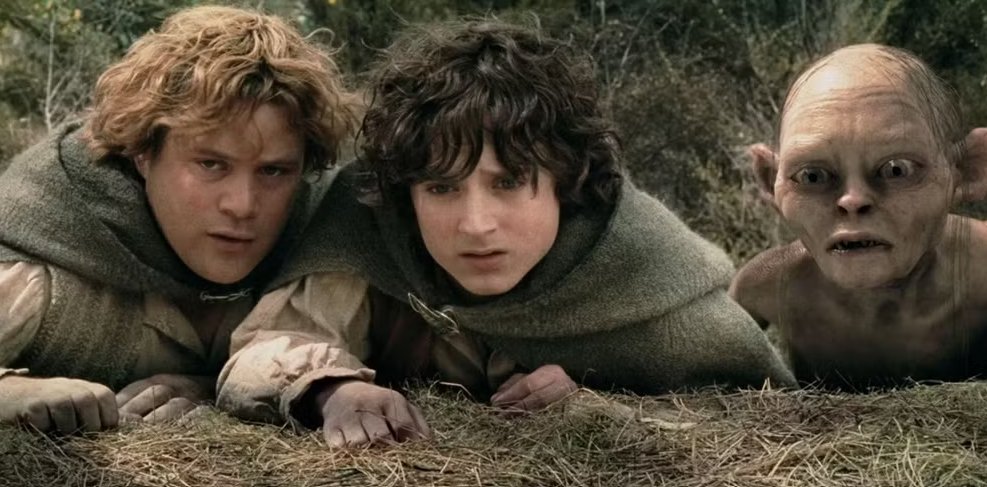
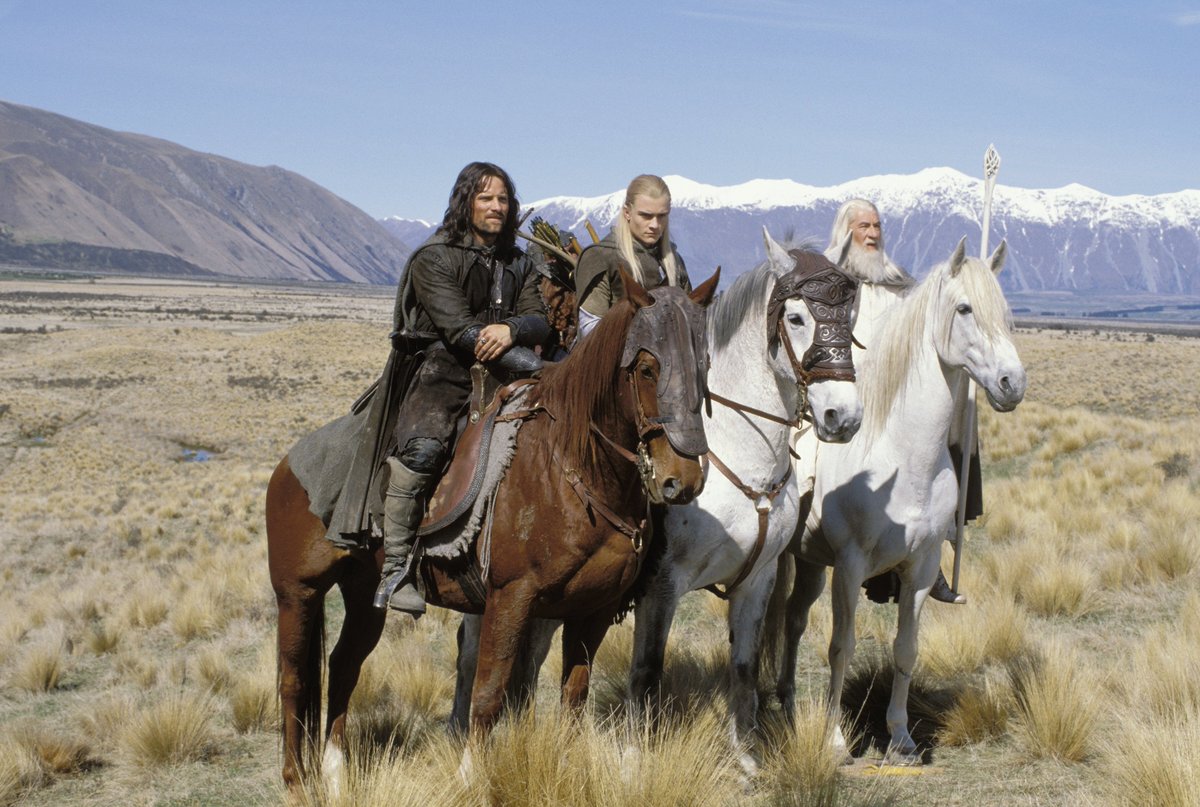
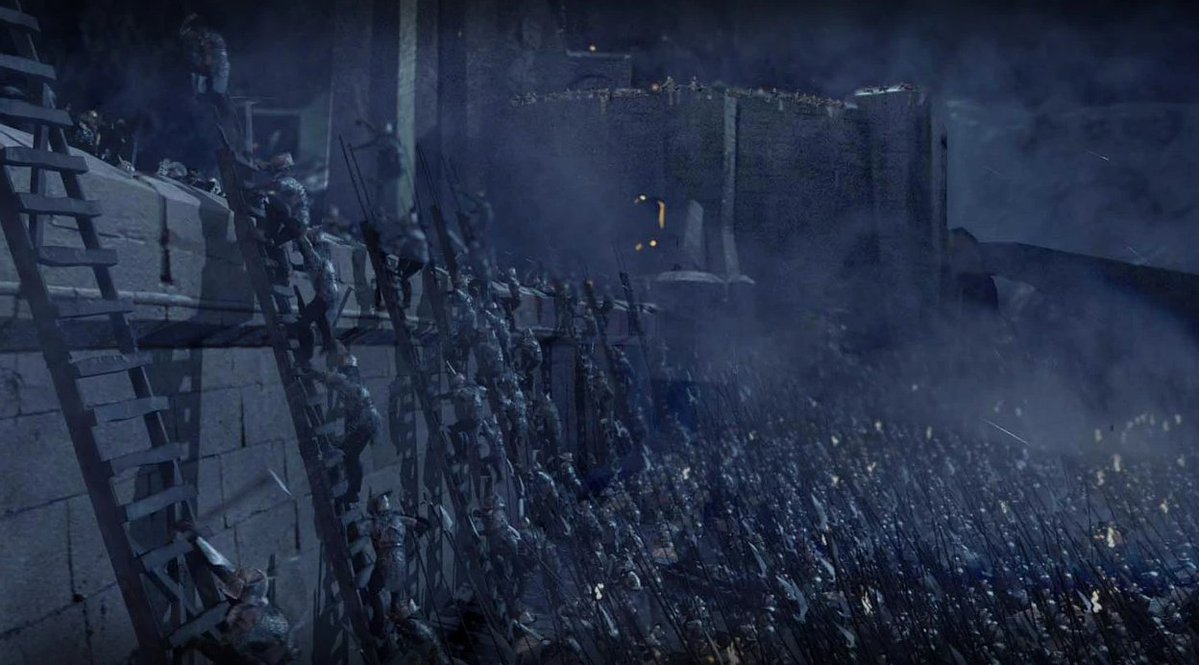 The whole trilogy was filmed across an epic 15-month shoot in New Zealand where all films were shot back-to-back. As such, most of the cast returned from the first film. As did most of the massive 3000-strong production crew.
The whole trilogy was filmed across an epic 15-month shoot in New Zealand where all films were shot back-to-back. As such, most of the cast returned from the first film. As did most of the massive 3000-strong production crew.




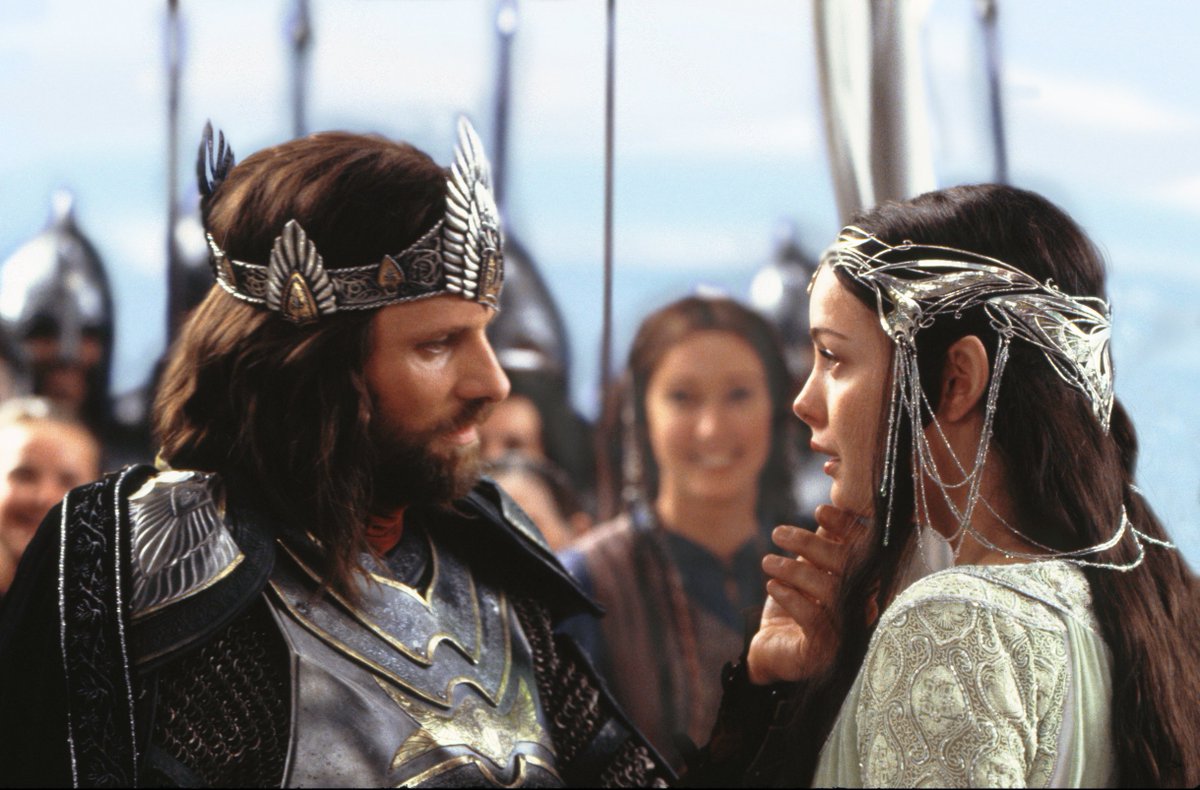
 The entire trilogy was filmed across an epic 15-month shoot in New Zealand where all three films were shot back-to-back. As such, most of the cast returned from the first two films. As did most of the massive 3000-strong production crew.
The entire trilogy was filmed across an epic 15-month shoot in New Zealand where all three films were shot back-to-back. As such, most of the cast returned from the first two films. As did most of the massive 3000-strong production crew.


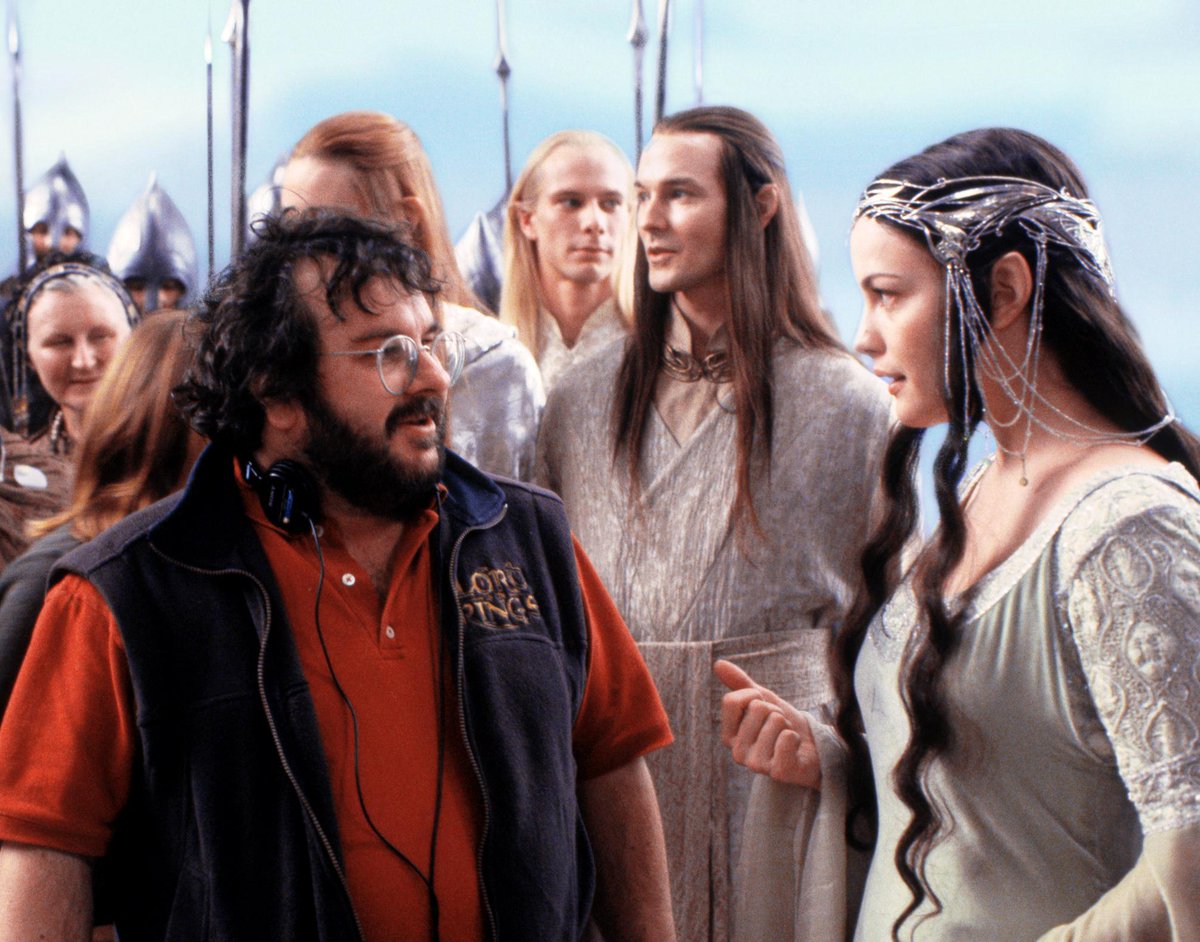




 Alexander and Ilya Salkind were a French-Mexican father-and-son movie producing duo, who wanted to make a big-screen adaptation of Superman. After pitching the idea round Hollywood since 1973, the release of Star Wars in 1977 made studios more receptive to the idea.
Alexander and Ilya Salkind were a French-Mexican father-and-son movie producing duo, who wanted to make a big-screen adaptation of Superman. After pitching the idea round Hollywood since 1973, the release of Star Wars in 1977 made studios more receptive to the idea.




 In the early 1980s, filmmaker Michael Mann was shopping around a script he’d written for a Los Angeles-set crime thriller. He wanted Walter Hill to direct it and, when Hill said no, Mann adapted it into a TV movie called L.A. Takedown that aired in 1989.
In the early 1980s, filmmaker Michael Mann was shopping around a script he’d written for a Los Angeles-set crime thriller. He wanted Walter Hill to direct it and, when Hill said no, Mann adapted it into a TV movie called L.A. Takedown that aired in 1989.

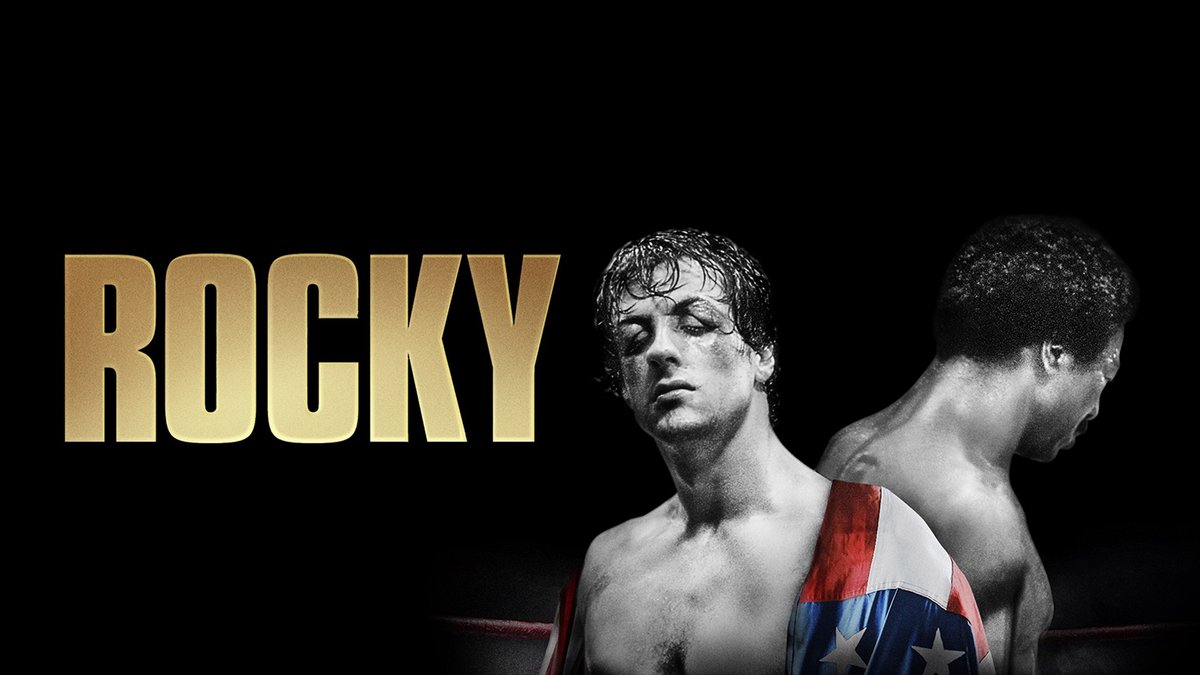



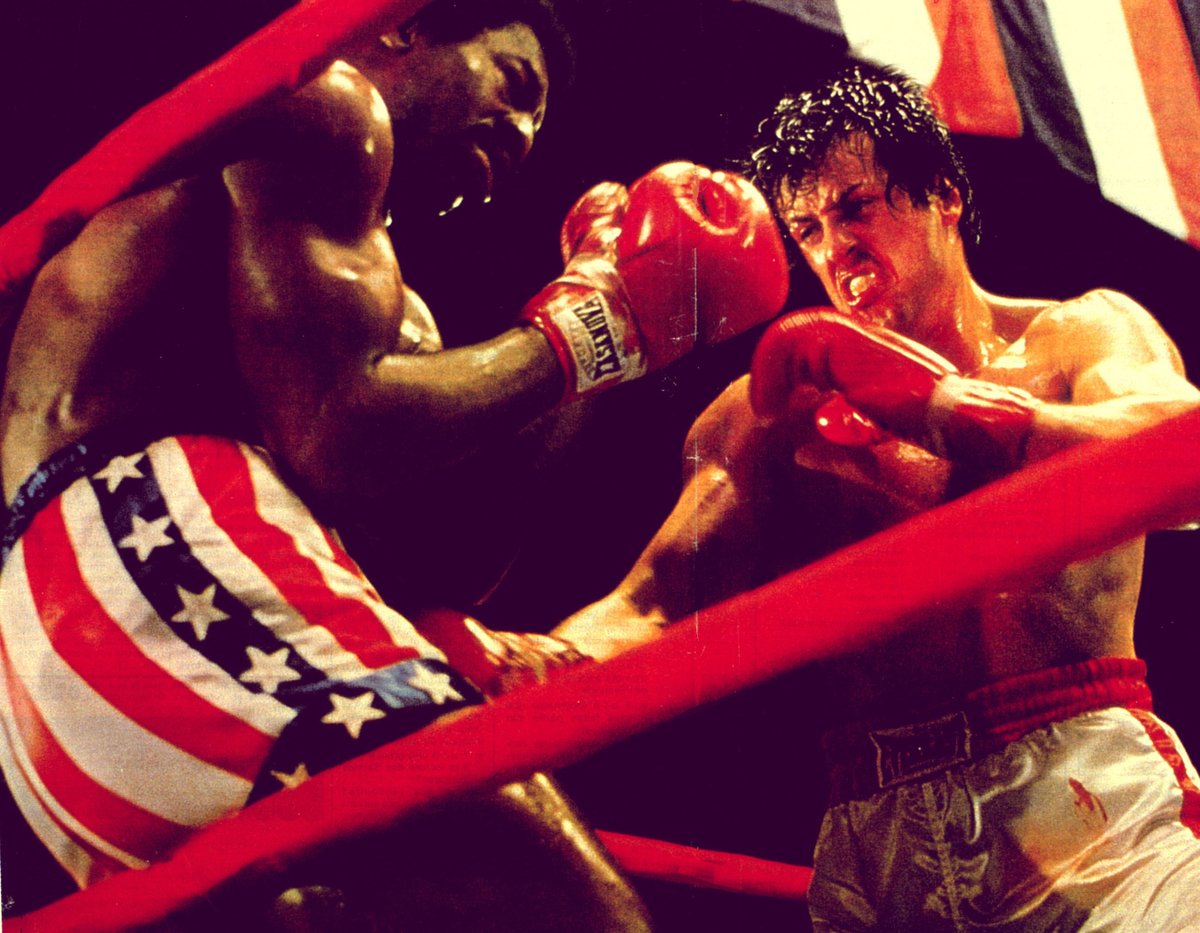 In 1975, Sylvester Stallone was an aspiring actor. Struggling to find roles beyond extras and small-time parts, Stallone was worrying how to make ends meet and sold his beloved dog. He came up with an idea – write a screenplay perfect for his acting talents.
In 1975, Sylvester Stallone was an aspiring actor. Struggling to find roles beyond extras and small-time parts, Stallone was worrying how to make ends meet and sold his beloved dog. He came up with an idea – write a screenplay perfect for his acting talents.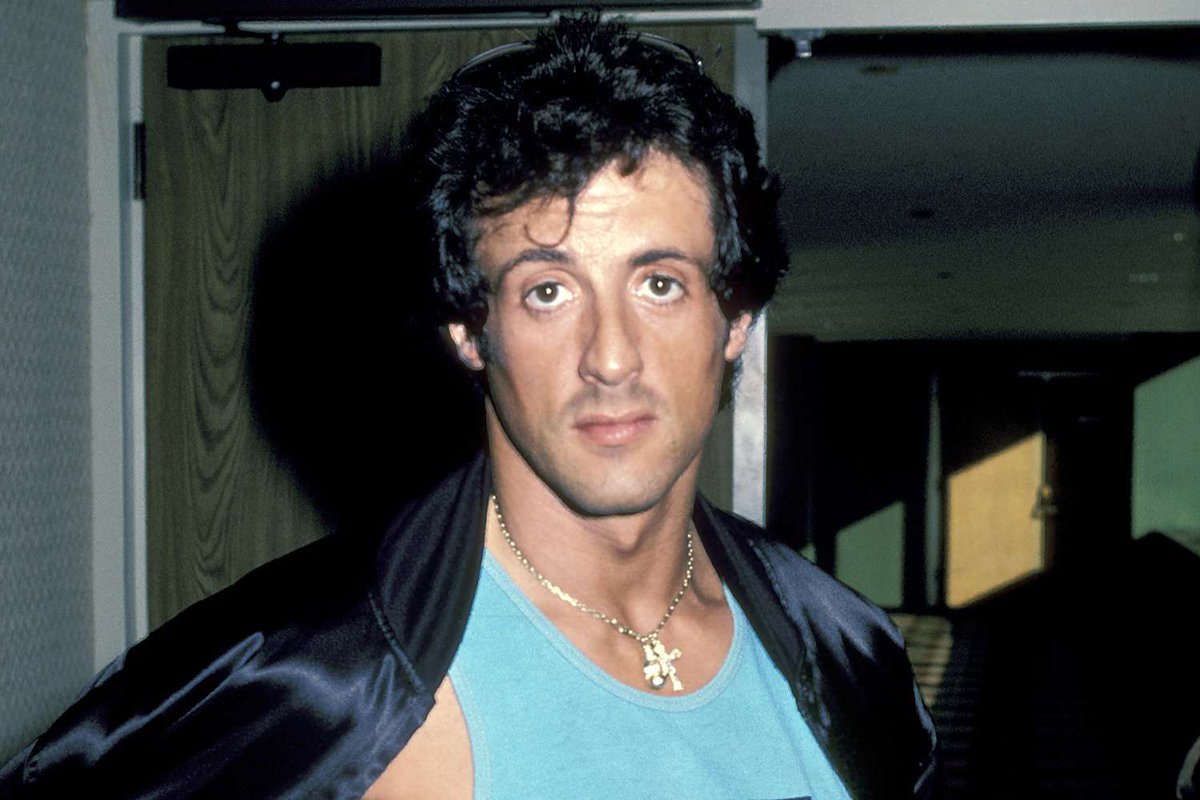




 Toy Story had released in 1995 as a smash hit, groundbreaking animation and cultural phenomenon. Production company Pixar Animation Studios had plans for a sequel a month before the release but, like most animated sequels, it was expected to be a straight-to-video film.
Toy Story had released in 1995 as a smash hit, groundbreaking animation and cultural phenomenon. Production company Pixar Animation Studios had plans for a sequel a month before the release but, like most animated sequels, it was expected to be a straight-to-video film.





 In 2005, American author Cormac McCarthy’s 9th novel – No Country For Old Men - published. The 1980-set story of a drug deal on the Mexico-US border that goes wrong, McCarthy had originally written the tale as a screenplay and, before long, Hollywood was interested.
In 2005, American author Cormac McCarthy’s 9th novel – No Country For Old Men - published. The 1980-set story of a drug deal on the Mexico-US border that goes wrong, McCarthy had originally written the tale as a screenplay and, before long, Hollywood was interested.





 In the mid-1990s, RoboCop co-writer Ed Neumeier came up with an idea for his next screenplay. A future-set science fiction action film, it pitched humans against an alien species from the other side of the galaxy and was called Bug Hunt At Outpost 9.
In the mid-1990s, RoboCop co-writer Ed Neumeier came up with an idea for his next screenplay. A future-set science fiction action film, it pitched humans against an alien species from the other side of the galaxy and was called Bug Hunt At Outpost 9.





 Having worked together in 1997 on science fiction drama Contact, producer Lynda Obst and theoretical physicist Kip Thorne came up with an idea for a movie about “the most exotic events in the universe” and wrote a treatment for a story called Interstellar.
Having worked together in 1997 on science fiction drama Contact, producer Lynda Obst and theoretical physicist Kip Thorne came up with an idea for a movie about “the most exotic events in the universe” and wrote a treatment for a story called Interstellar.





 In 1997, 22 year old USC graduate Richard Kelly wrote his first screenplay. Completing it in 28 days, it was set in 1988, influenced by the teachings of Stephen Hawking, and told a story of a schizophrenic young man who travels through time. He called it Donnie Darko.
In 1997, 22 year old USC graduate Richard Kelly wrote his first screenplay. Completing it in 28 days, it was set in 1988, influenced by the teachings of Stephen Hawking, and told a story of a schizophrenic young man who travels through time. He called it Donnie Darko.

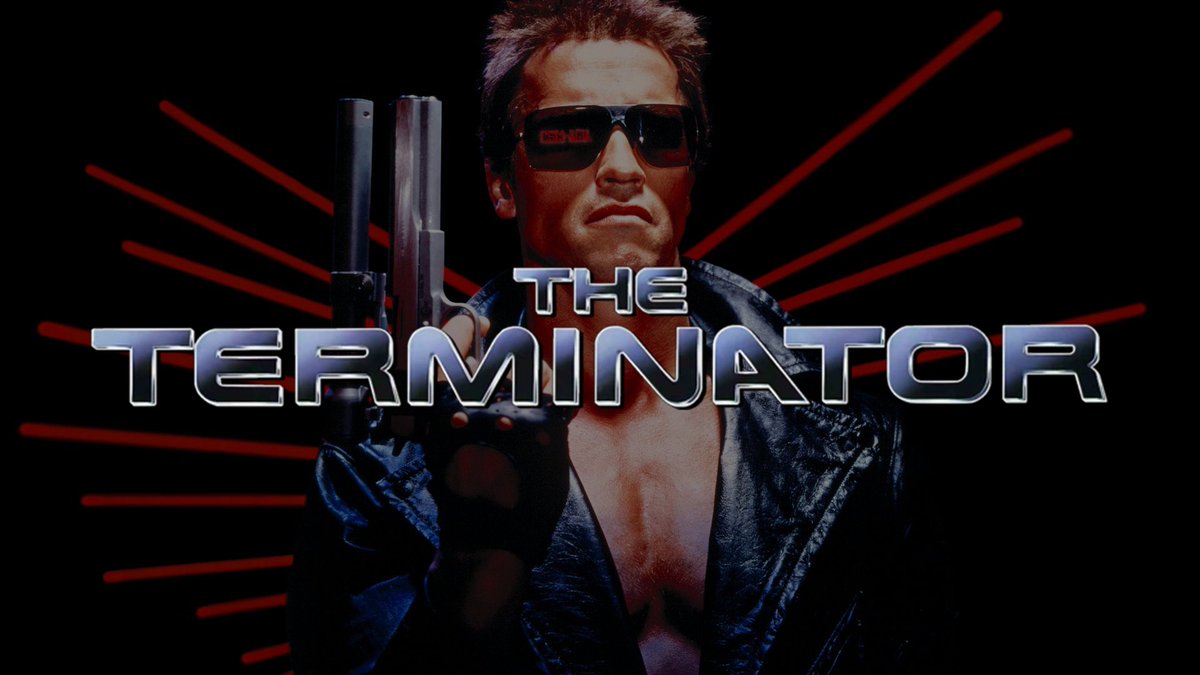

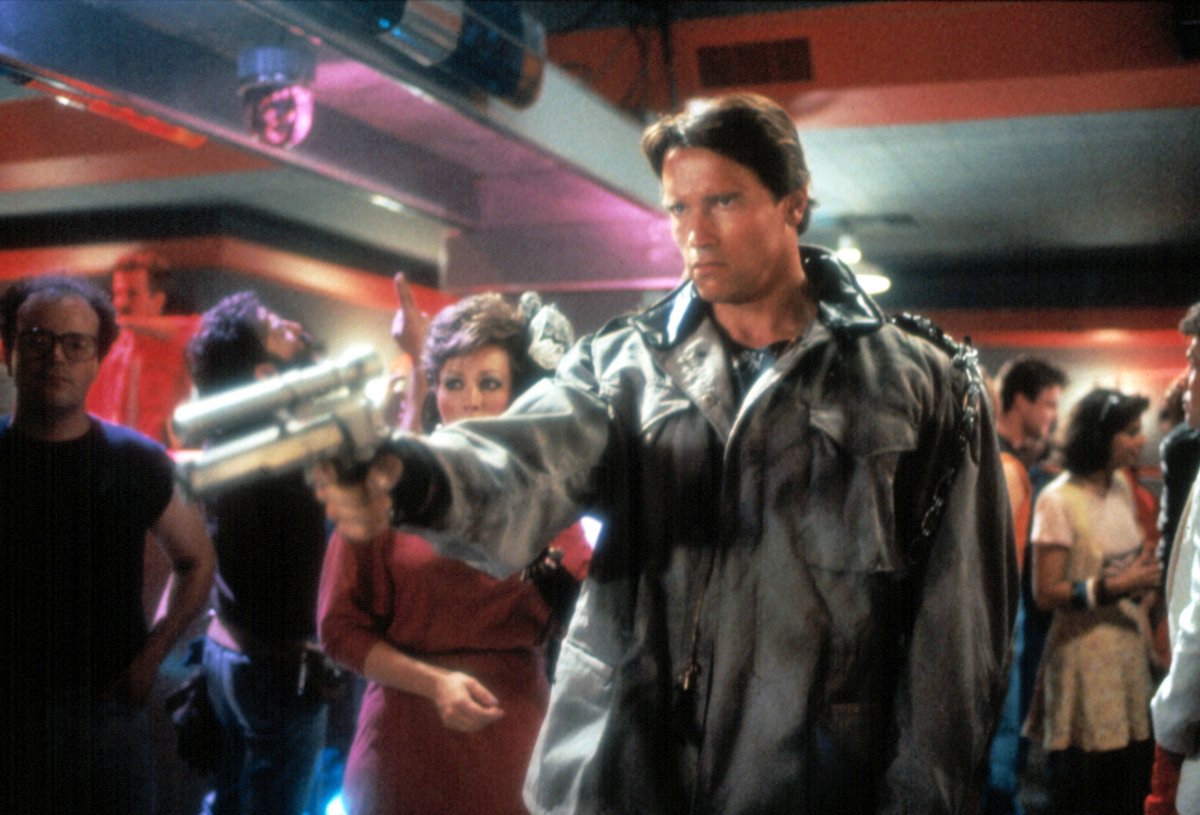

 In 1981, James Cameron was a former special effects artist who had been promoted to direct his first feature film – Piranha II: The Spawning. The young filmmaker didn’t last long, reportedly getting fired after just 2 weeks. It wasn’t a waste of time, though…
In 1981, James Cameron was a former special effects artist who had been promoted to direct his first feature film – Piranha II: The Spawning. The young filmmaker didn’t last long, reportedly getting fired after just 2 weeks. It wasn’t a waste of time, though…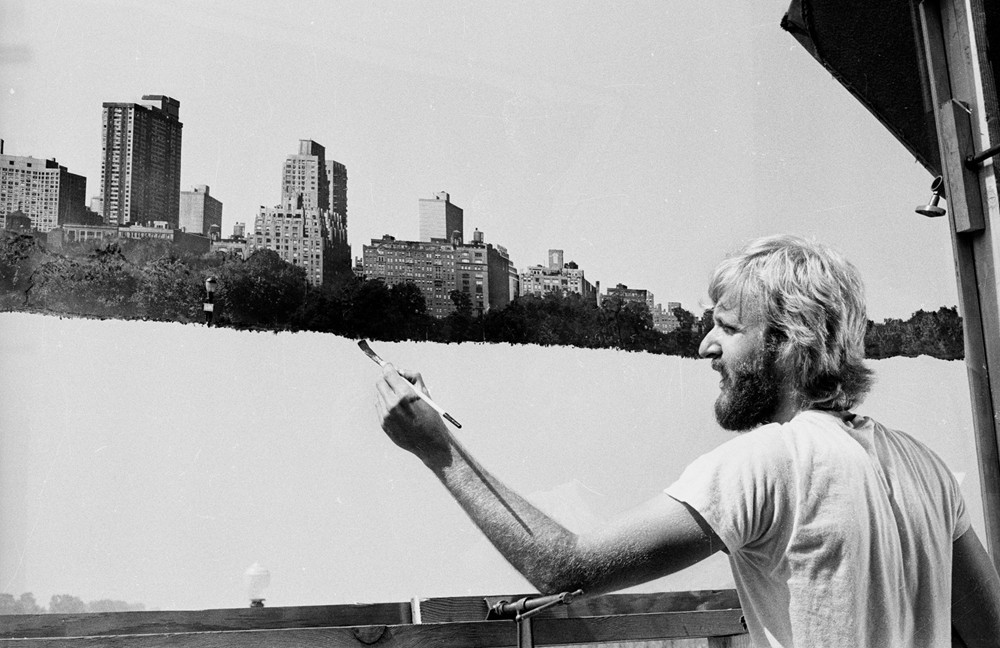
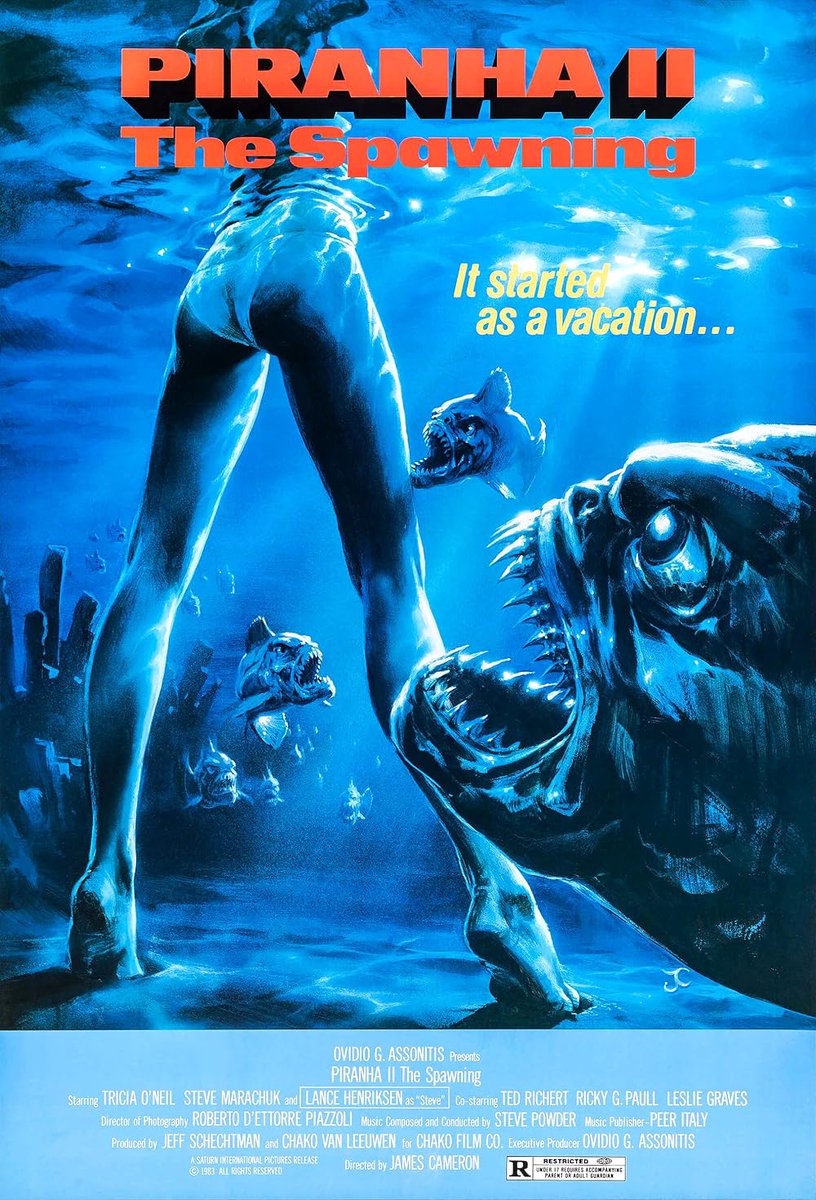
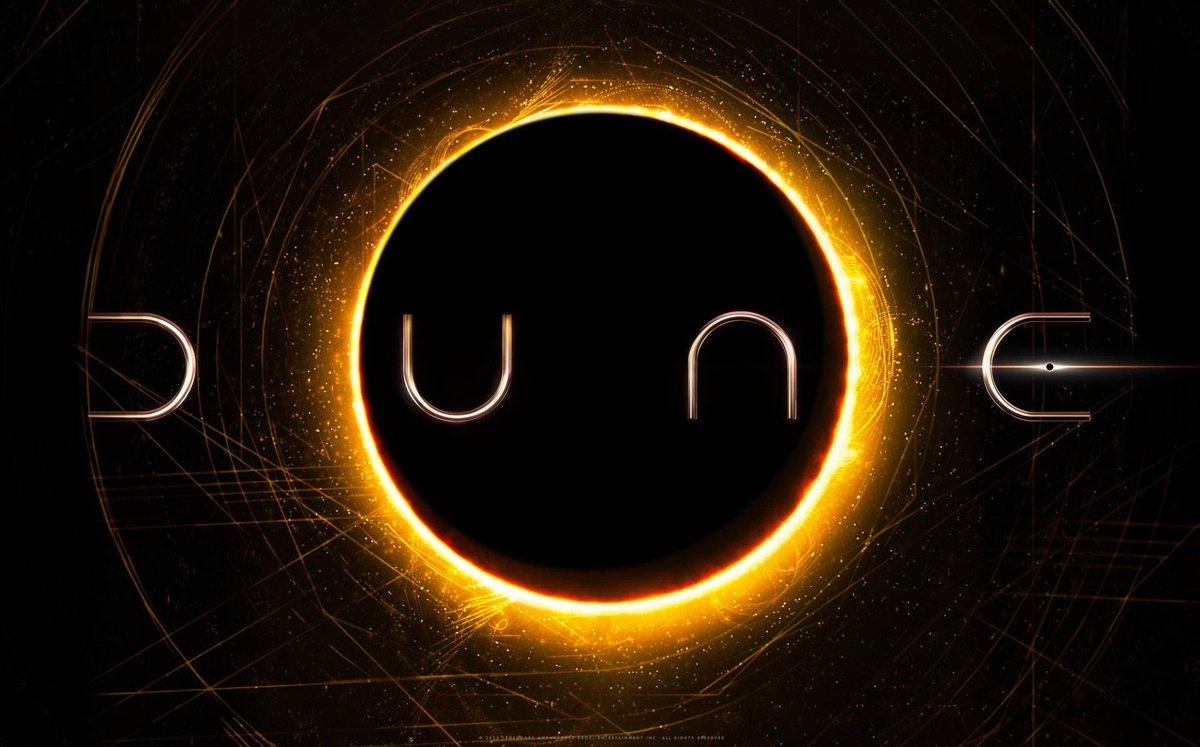


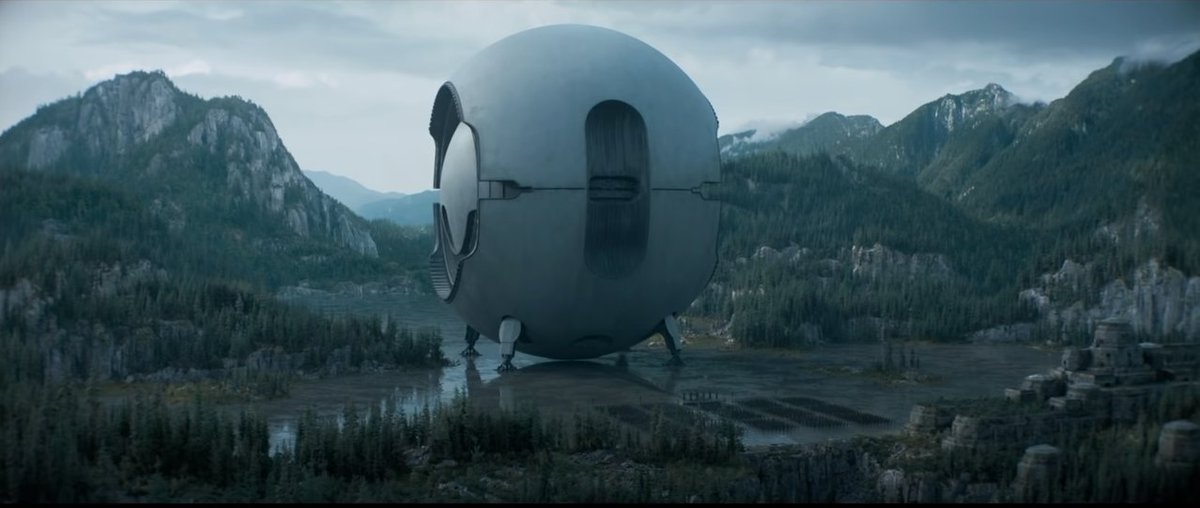
 In 1965, Frank Herbert’ science fiction novel Dune was published. A future-set epic of interstellar travel and warfare, it became an instant, award-winning classic. Herbert considered his book unfilmable, but that didn’t stop film studios taking an interest.
In 1965, Frank Herbert’ science fiction novel Dune was published. A future-set epic of interstellar travel and warfare, it became an instant, award-winning classic. Herbert considered his book unfilmable, but that didn’t stop film studios taking an interest.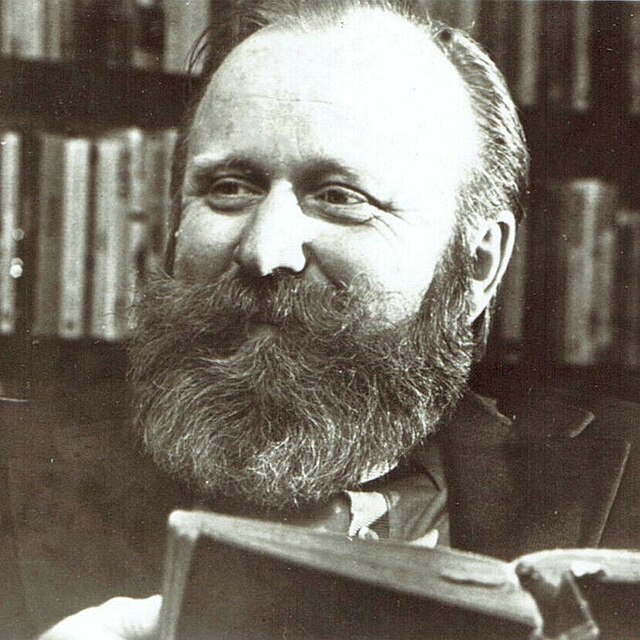





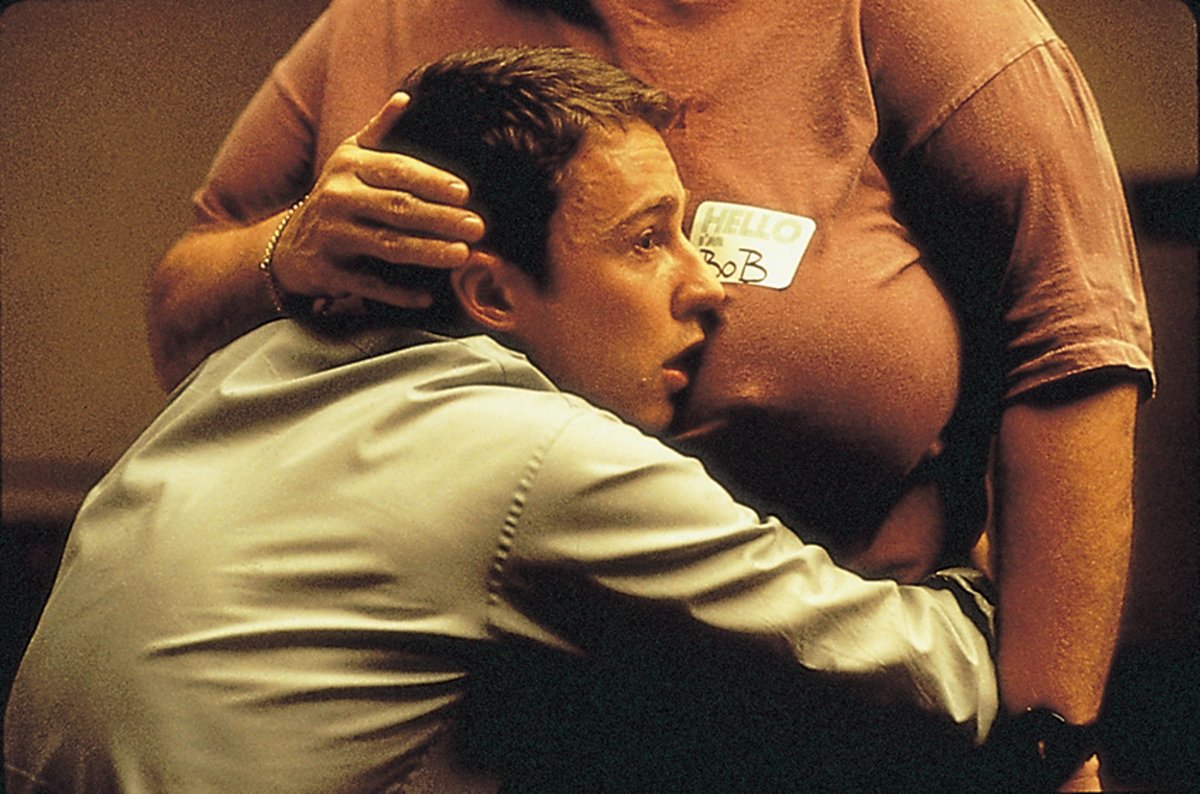 In 1996, Chuck Palahniuk’s debut novel was published. The story of an unnamed protagonist who suffers severe insomnia, befriends the mysterious Tyler Duerden, and sets up an underground cult, the book was called Fight Club, and it was an instant hit.
In 1996, Chuck Palahniuk’s debut novel was published. The story of an unnamed protagonist who suffers severe insomnia, befriends the mysterious Tyler Duerden, and sets up an underground cult, the book was called Fight Club, and it was an instant hit.

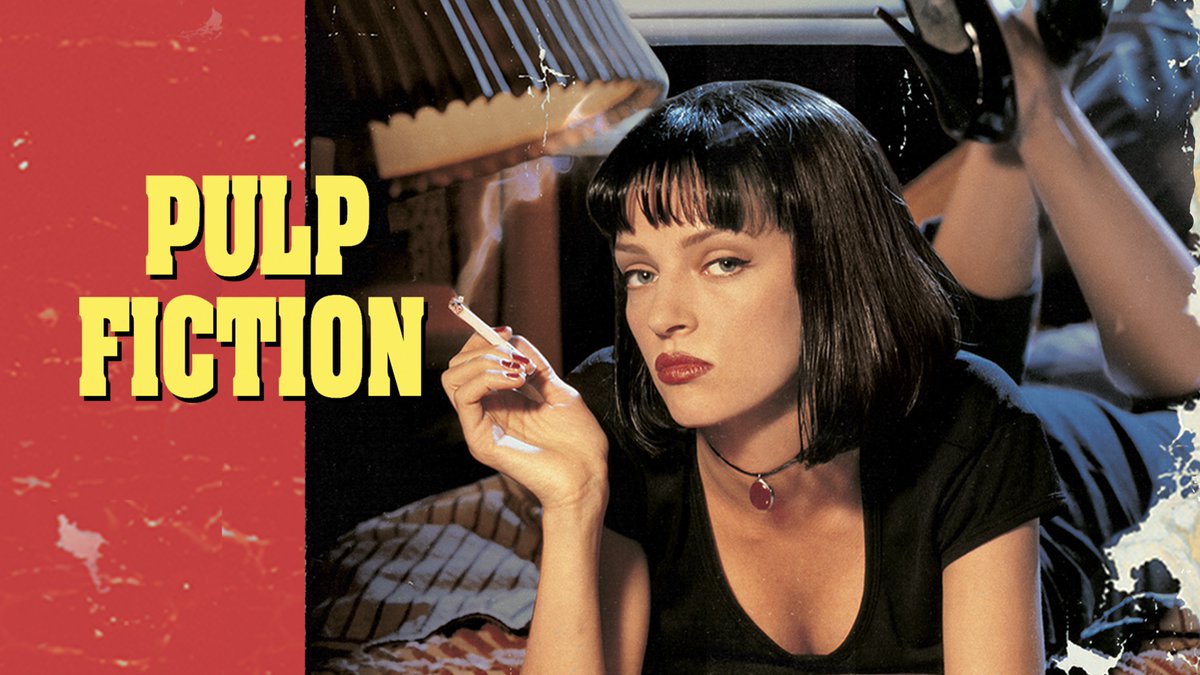

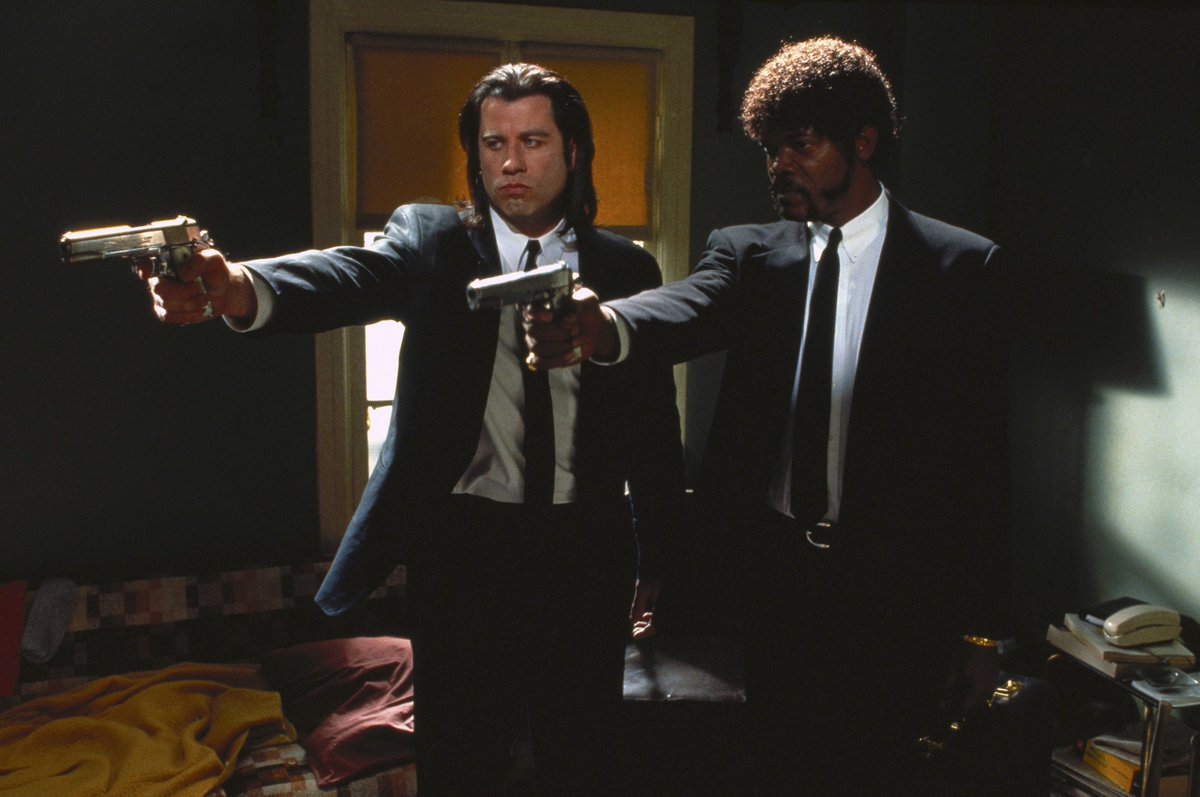
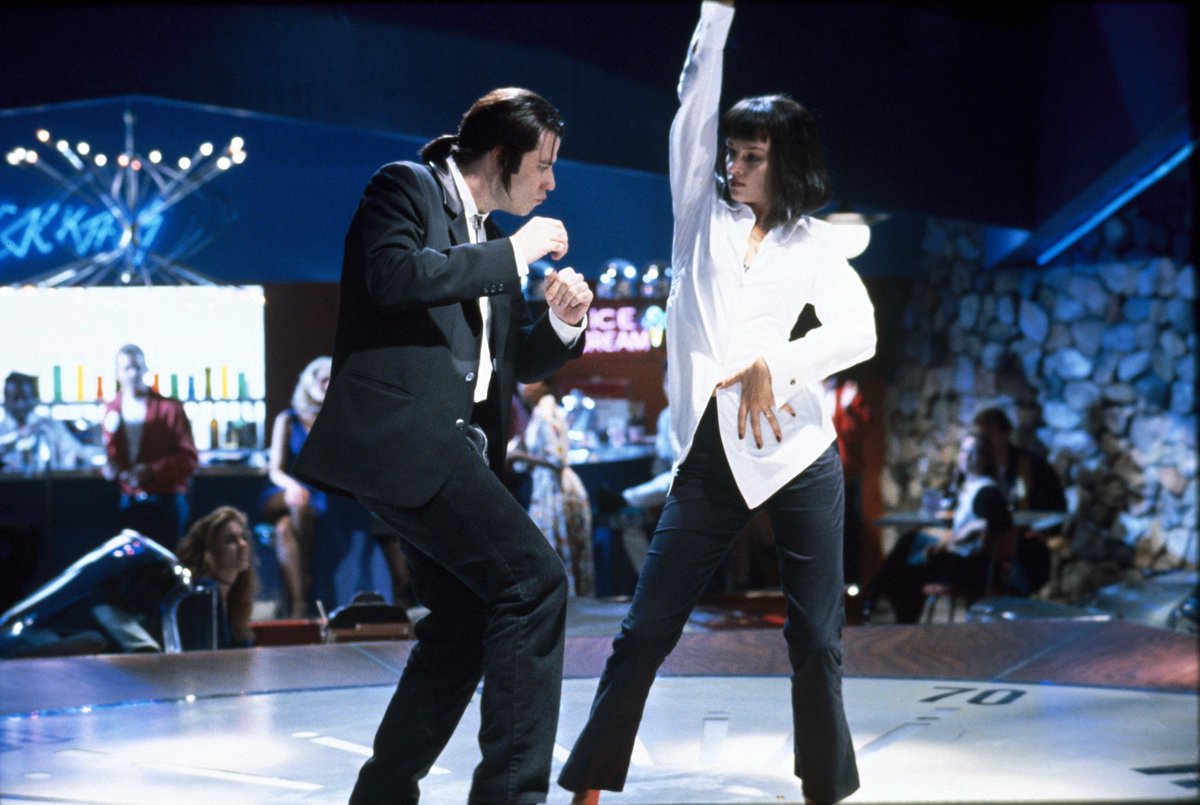
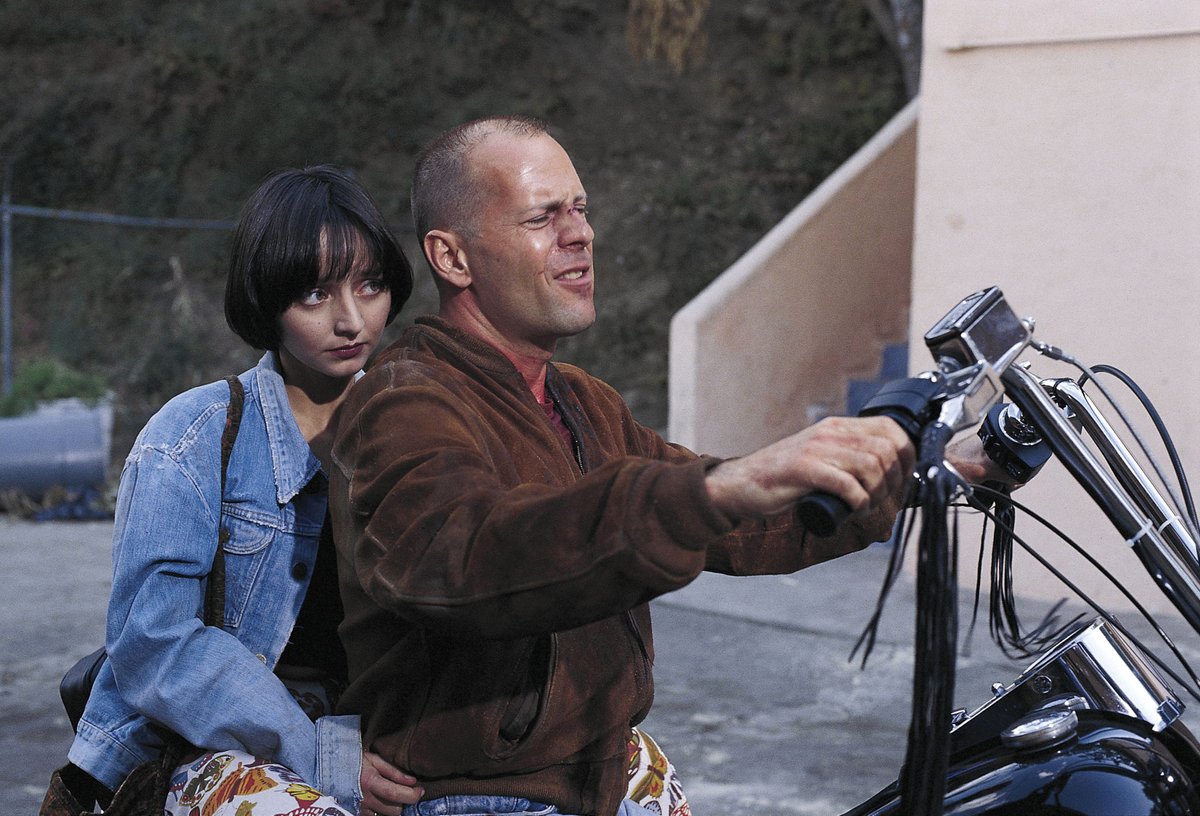 Following the success of his debut feature Reservoir Dogs, Tarantino decided to use the $50,000 he’d earned productively. He took himself on a 3-month trip to Amsterdam, the idea being it would be part-vacation, part-screenwriting session.
Following the success of his debut feature Reservoir Dogs, Tarantino decided to use the $50,000 he’d earned productively. He took himself on a 3-month trip to Amsterdam, the idea being it would be part-vacation, part-screenwriting session.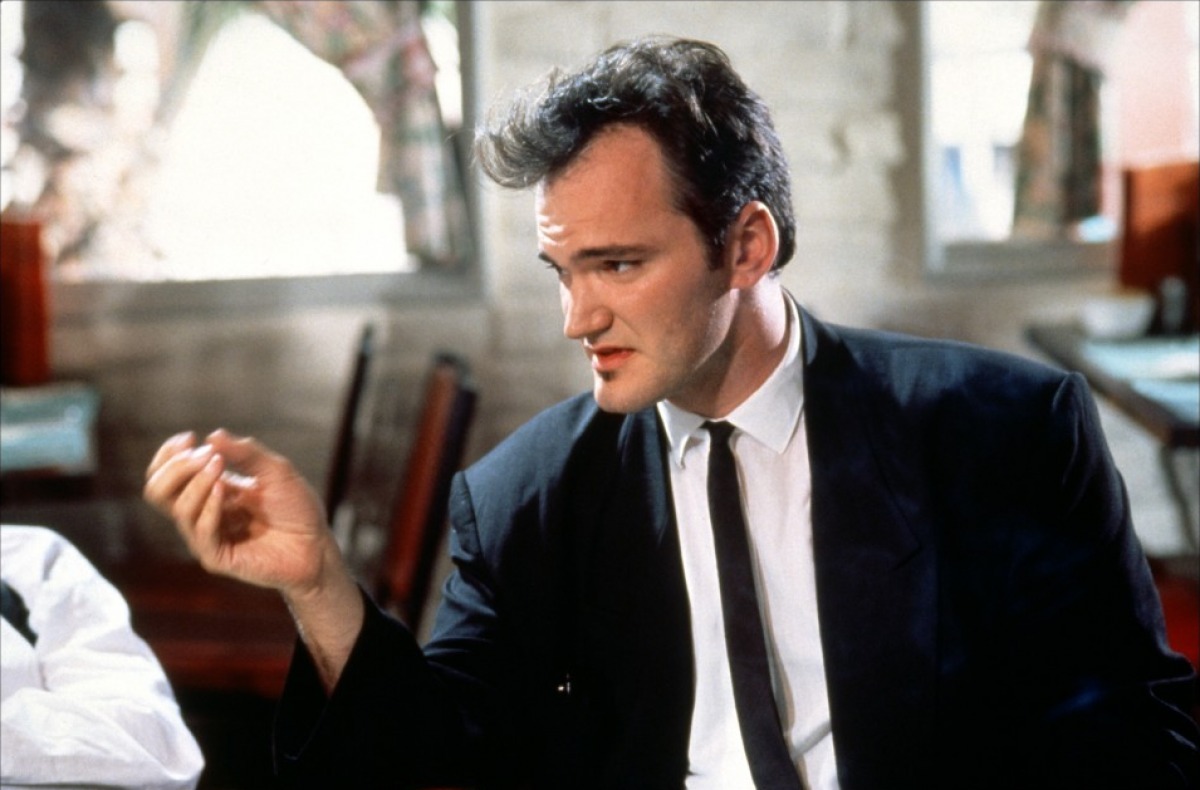
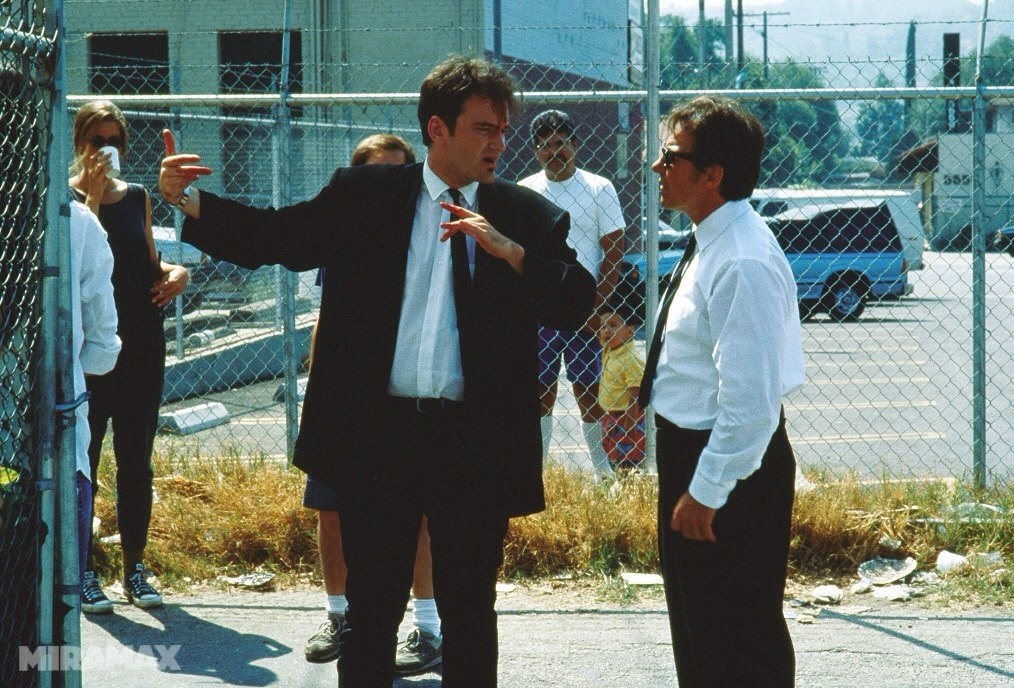




 In 2002, Hong Kong action thriller Infernal Affairs was released. Directed by Andrew Lau and Alan Mak, it is the story of two police officers – one a triad spy, the other undercover in the triads. It was a huge hit and spawned two sequels a year later.
In 2002, Hong Kong action thriller Infernal Affairs was released. Directed by Andrew Lau and Alan Mak, it is the story of two police officers – one a triad spy, the other undercover in the triads. It was a huge hit and spawned two sequels a year later.



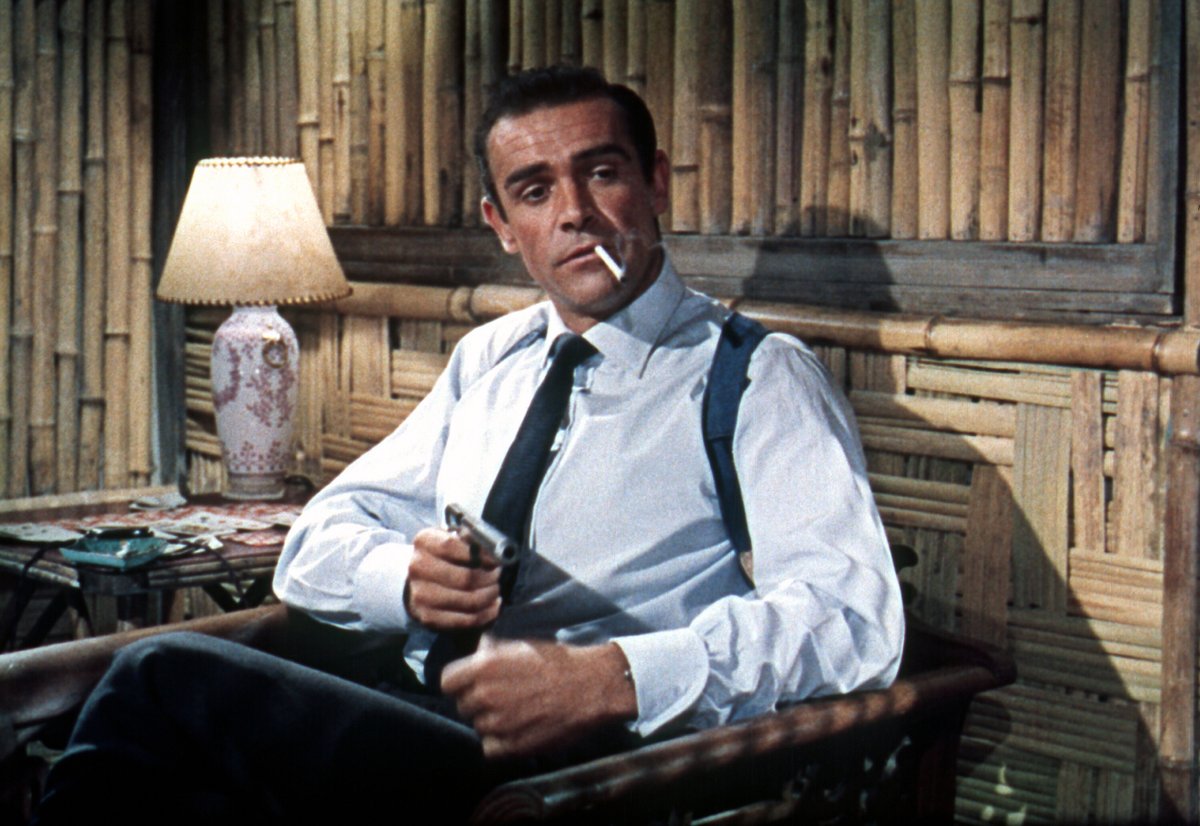

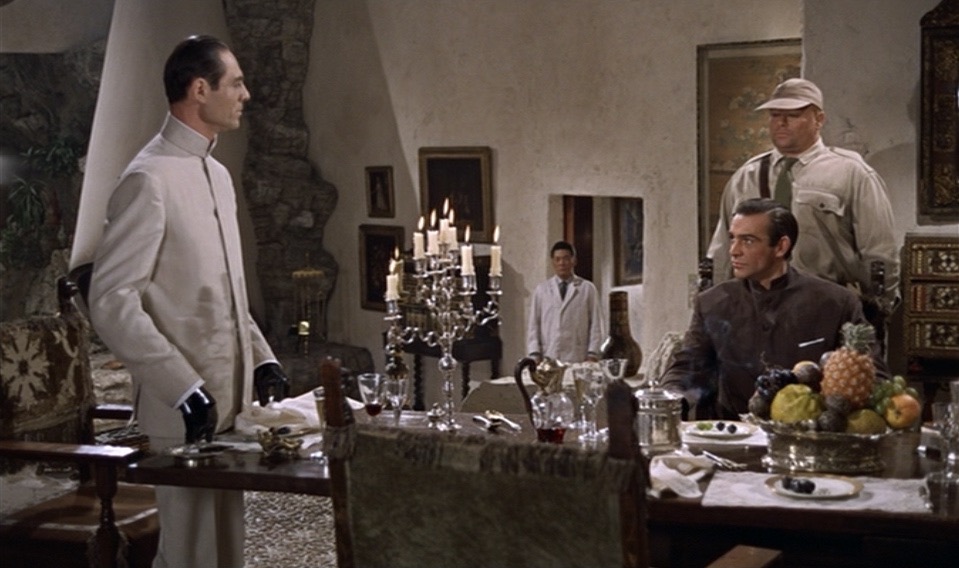 In 1953, author Ian Fleming published a book based on his experiences in British naval intelligence during WWII. The novel was called Casino Royale and the main character was secret agent James Bond, codenamed 007. It was a hit, and studios were interested immediately.
In 1953, author Ian Fleming published a book based on his experiences in British naval intelligence during WWII. The novel was called Casino Royale and the main character was secret agent James Bond, codenamed 007. It was a hit, and studios were interested immediately.
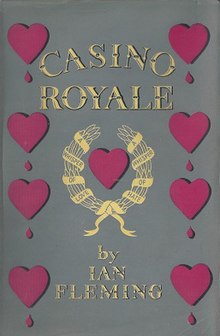




 In the early 1990s, filmmaker Frank Darabont was in a rut of “horror movie after horror movie” having written A Nightmare on Elm St 3, The Blob remake, and The Fly 2. Looking for a different challenge, he came across King’s Different Seasons, a short story collection.
In the early 1990s, filmmaker Frank Darabont was in a rut of “horror movie after horror movie” having written A Nightmare on Elm St 3, The Blob remake, and The Fly 2. Looking for a different challenge, he came across King’s Different Seasons, a short story collection.
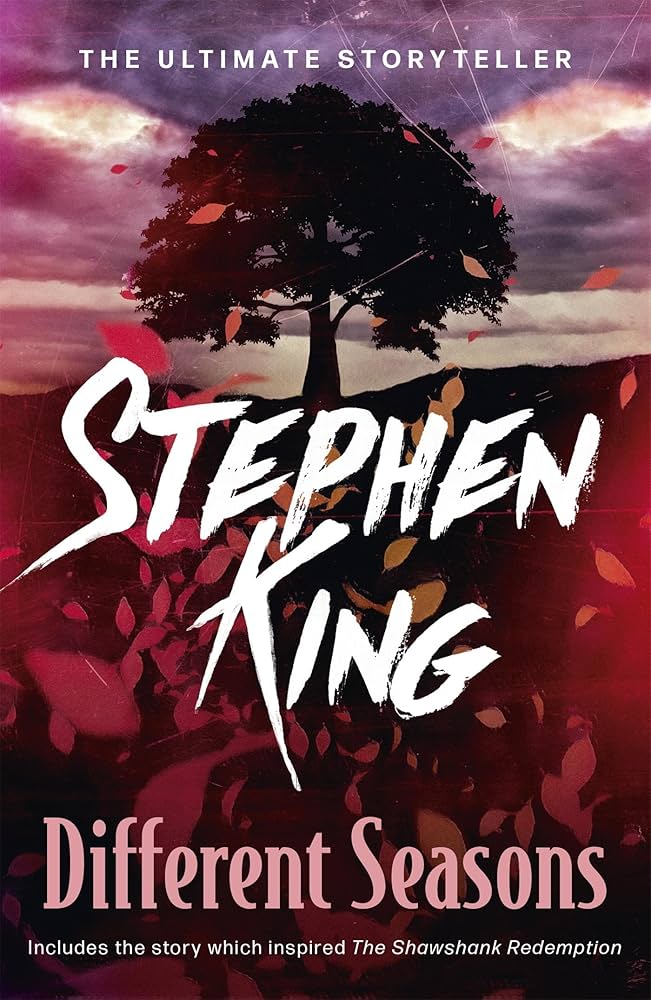


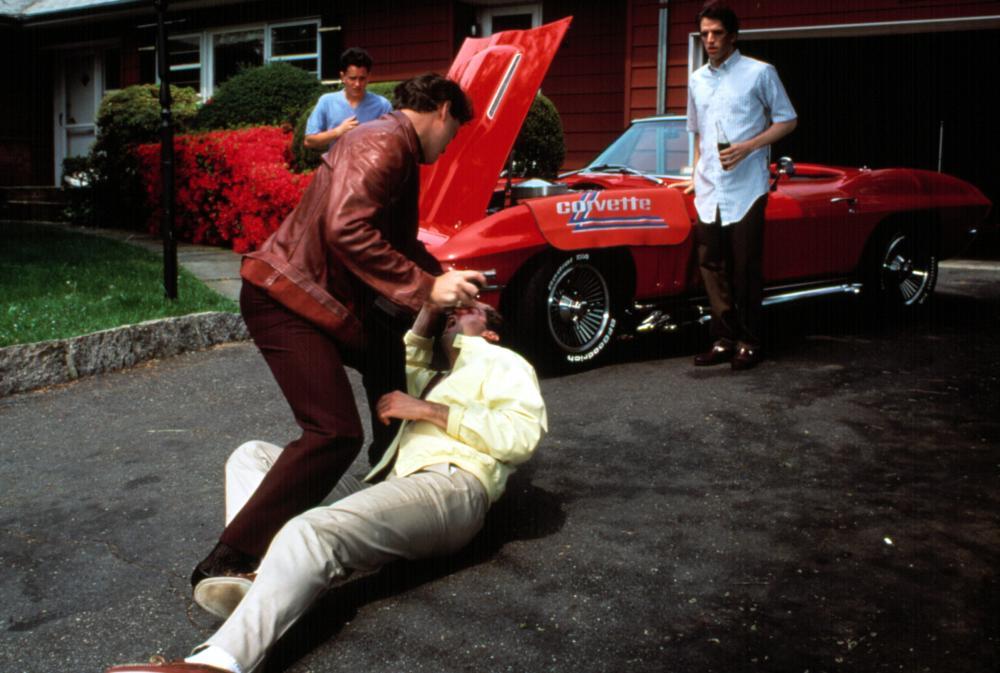

 During production of The Color Of Money in 1985, Scorsese found himself reading Wise Guy, a non-fiction book about a real-life New York mobster named Henry Hill. Having grown up in Little Italy, Scorsese found the subject matter relatable.
During production of The Color Of Money in 1985, Scorsese found himself reading Wise Guy, a non-fiction book about a real-life New York mobster named Henry Hill. Having grown up in Little Italy, Scorsese found the subject matter relatable.





 Following a falling out with his regular studio partner Warner Bros in the early 1950s, Alfred Hitchcock was a director in demand. Paramount made a move, asking Hitchcock if he was interested in After Dinner Story, a short story collection they’d bought the rights to.
Following a falling out with his regular studio partner Warner Bros in the early 1950s, Alfred Hitchcock was a director in demand. Paramount made a move, asking Hitchcock if he was interested in After Dinner Story, a short story collection they’d bought the rights to.
